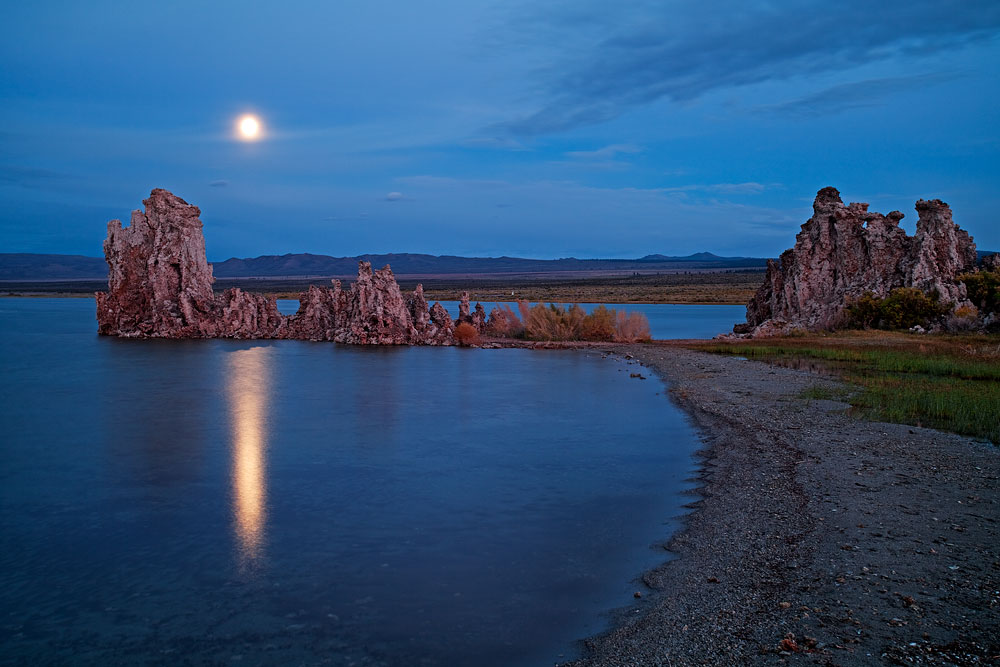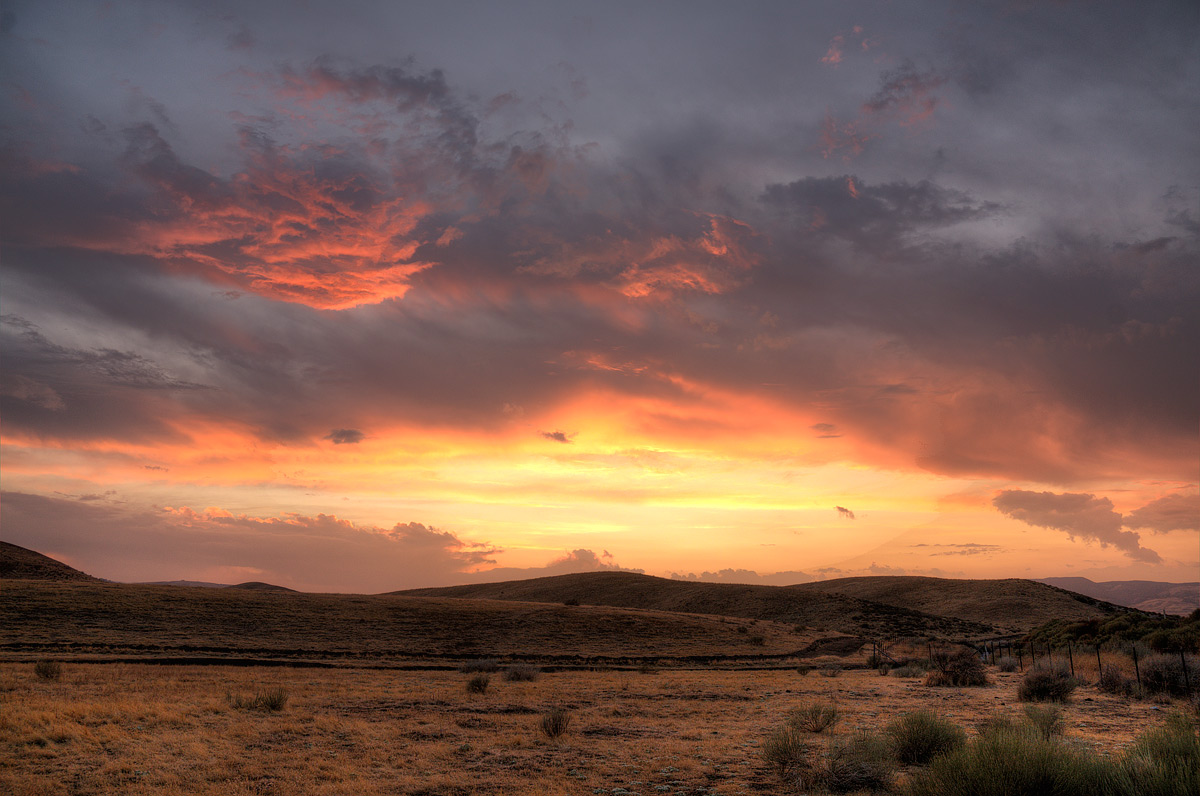menu css3 by Css3Menu.com
| UNITED STATES - CALIFORNIA |
|
|
|---|
UNITED STATES - CALIFORNIA, HOMELAND OF ENVIRONMENTAL PROTECTION The United States of America is one of the goals that any naturalist photographer should consider to visit sooner or later. And this for a number of reasons one better than the other. Meanwhile, they represent the homeland of the protection of nature and wildlife in the modern sense that we today are used to giving this concept. Here were the first nature parks for the work of great protectors such as Jhon Muir or even great photographers like Ansel Adams. These figures, along with many others, heightened awareness of public opinion and American institutions about the need to protect some extraordinary environments and their inhabitants, humans and animals. And the summary of all of this is the California I visited in 2011. I've traveled it all in its length from the Los Angeles area, where I could see the Mohave desert, along the one that is defined as the most beautiful coast in the world: the Big Sur coast. Here you will encounter an exceptional fauna and bird life from small rodents such as land and and arboric squirrels, to giants such as marine elephants, Peregrin falcon and otters, to reach an avifauna that includes pelicans, vultures, condors of California and so much more. So I went up to San Francisco and from there I visited Yosemite Park and Sequoia Park on the west side of Sierra Nevada a smaller chain (it is said) parallel to the West of the Rocky Mountains. From here I crossed the Sierra Nevada from West to East along the Tioga Pass at 3,000 meters of altitude and I rediscovered on the opposite side ending up in an absolutely magical place that is the Mono Lake with its spectacular tufa structures that someone says to be warriors Peyote for which it was sacred place. I do not know whether these stories are true or not, but I assure you that being there in the middle of the night alone with these giants around me has given me really special impressions. Anyway, it's a memory of places and wildlife that I'll always carry with me and I'll repeat it shortly to complete the missing parts. Absolutely an experience to do. Visit thge galleries. For information on travel organization contact the author at the contact details provided in the "contacts" section.
|
 |















